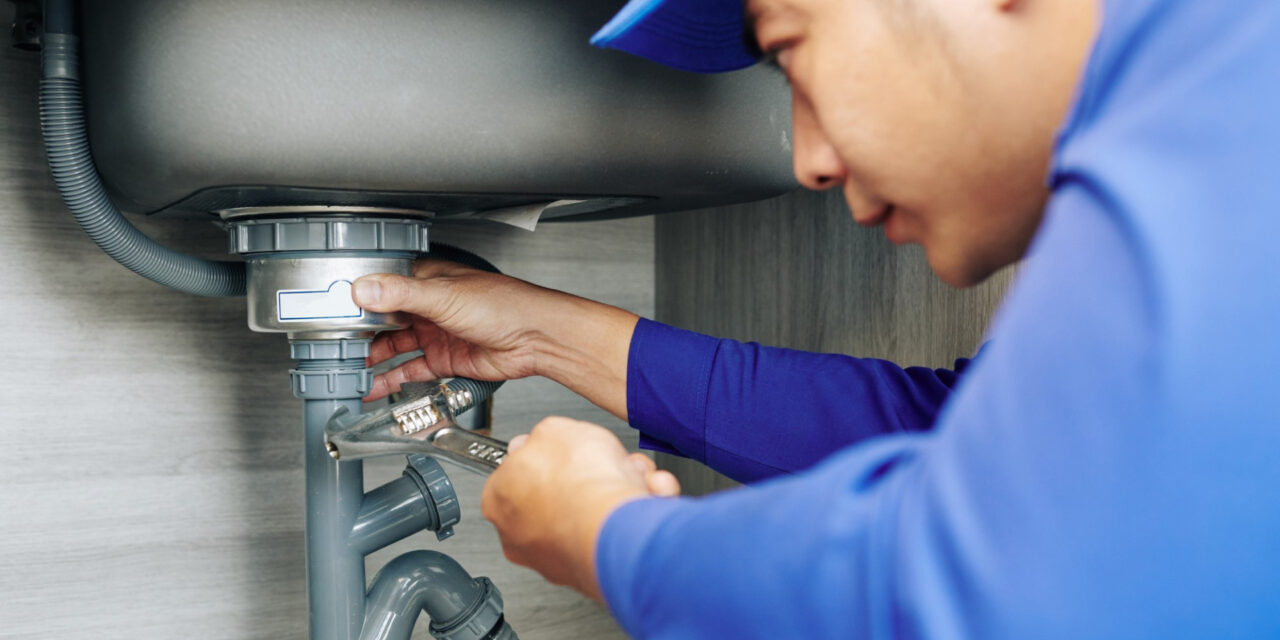Overview To Water Leakage Discovery At Home
Overview To Water Leakage Discovery At Home
Blog Article
What're your thoughts regarding Detecting hidden plumbing leaks?

Early detection of dripping water lines can mitigate a potential disaster. Some tiny water leakages may not be noticeable.
1. Examine the Water Meter
Every house has a water meter. Checking it is a guaranteed manner in which aids you uncover leakages. For starters, turn off all the water sources. Make certain no person will purge, make use of the tap, shower, run the washing device or dishwashing machine. From there, most likely to the meter as well as watch if it will certainly alter. Given that no person is using it, there ought to be no activities. That suggests a fast-moving leakage if it moves. If you spot no adjustments, wait a hr or two and check back again. This implies you may have a sluggish leak that can even be underground.
2. Examine Water Usage
Analyze your water bills and track your water intake. As the one paying it, you must see if there are any disparities. If you identify sudden changes, despite your intake being the same, it means that you have leakages in your plumbing system. Bear in mind, your water costs should fall under the same range monthly. An abrupt spike in your bill indicates a fast-moving leakage.
Meanwhile, a constant boost on a monthly basis, despite the exact same practices, shows you have a sluggish leak that's likewise slowly intensifying. Call a plumber to completely inspect your residential property, specifically if you feel a warm area on your flooring with piping below.
3. Do a Food Coloring Test
When it comes to water intake, 30% comes from toilets. If the color somehow infiltrates your bowl throughout that time without flushing, there's a leakage between the tank as well as dish.
4. Asses Exterior Lines
Do not fail to remember to inspect your exterior water lines as well. Must water seep out of the link, you have a loose rubber gasket. One little leakage can waste loads of water as well as increase your water bill.
5. Evaluate and Examine the Scenario
Homeowners ought to make it a behavior to examine under the sink counters and even inside cupboards for any kind of bad odor or mold development. These 2 warnings suggest a leakage so punctual interest is required. Doing regular inspections, also bi-annually, can conserve you from a major problem.
If you understand your house is already old, maintain a watchful eye on your heating units, hoses, pipelines and so on. Look for discolorations as well as deteriorating as the majority of pipes and home appliances have a life expectancy. They will certainly additionally normally deteriorate due to tear as well as put on. Don't wait for it to intensify if you suspect dripping water lines in your plumbing system. Call an expert plumber as soon as possible so you do not wind up with a terrible mess in your house.
Early detection of dripping water lines can minimize a prospective calamity. Some small water leakages might not be visible. Checking it is a proven means that helps you discover leaks. One tiny leakage can waste bunches of water and spike your water costs.
If you believe leaking water lines in your plumbing system, do not wait for it to intensify.
How to Know If Your Home Has a Hidden Leak
Water Meter Reveals Inexplicable Water Usage
If you’d like to test whether or not there’s a leak somewhere in your home, you can do this using your water meter. Here is how to conduct the test:
Don’t use any water in your home for at least 30 minutes; this also means not turning on faucets or water-using appliances.
Go outside, and check your water meter for activity.
If your water meter shows that there was activity, even though no one was using any water, this proves that there is a leak in your home.Visible Mold or Mildew Growth
Leaks behind walls create moist, dark environments that allow mold and mildew to grow and thrive. Eventually, you might see mold growth forming on the wall closest to a hidden leak.
If mold is growing in an area that receives a high amount of moisture, such as a bathroom, it may simply be an indication that better ventilation is needed. However, if you see mold growth on a wall or the ceiling in an area where you would not expect, you probably have a hidden leak.
Musty, Mildew Odor
Sometimes you might not be able to see the mold or mildew that is growing as a result of a leak. However, the smell can give the problem away just as easily. If you catch a whiff of something musty, there’s a good chance that old water is collecting somewhere in your home that you can’t see.
Stained/Warped Walls, Ceilings, or Floors
When your home soaks up water, a variety of red flags can become visible, including ceiling stains, bubbling drywall, warped walls, and sagging floors. While these issues can be caused by excess humidity, they can also be signs that a pipe or plumbing connection has started leaking behind your walls.
Inexplicably High Water Bill
After a while, you get a general sense for what your water bill should be. If you own a pool or sprinkler system, your bill will tend to be higher during summer. However, if you receive a water bill that seems especially high, and you can’t figure out what caused it, then you may have a hidden leak somewhere that’s increasing your bill.
https://www.plumbingjoint.com/blog/2019/july/how-to-know-if-your-home-has-a-hidden-leak/

I recently found that blog post on Detecting hidden plumbing leaks when perusing the search engines. Do you know about somebody who is fascinated with the niche? Please feel free to share it. Thank you so much for your time invested reading it.
Report this page